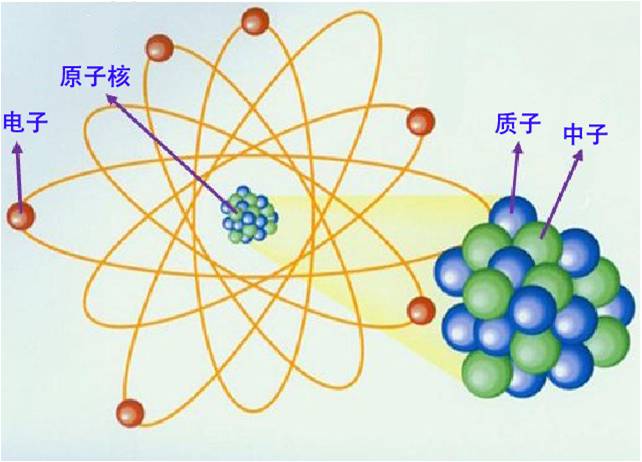(单词翻译:单击)
Fortunately more sober types were at work elsewhere. In 1808, a dour Quaker named John Dalton became the first person to intimate the nature of an atom (progress that will be discussed more completely a little further on), and in 1811 an Italian with the splendidly operatic name of Lorenzo Romano Amadeo Carlo Avogadro, Count of Quarequa and Cerreto, made a discovery that would prove highly significant in the long term—namely, that two equal volumes of gases of any type, if kept at the same pressure and temperature, will contain identical numbers of molecules.
幸亏别处还有别的严肃的人在从事这项工作。1808年,一位名叫约翰·道尔顿的年轻而顽强的贵格会教徒,成为宣布原子性质的第一人(过一会儿我们将更加充分地讨论这个进展);1811年,一个有着歌剧似的漂亮名字--洛伦佐·罗马诺·阿马德奥·卡洛·阿伏伽德罗--的意大利人取得了一项从长远来看将证明是具有重大意义的发现--即体积相等的任何两种气体,在压力相等和温度相等的情况下,拥有的原子数量相等。
Two things were notable about Avogadro’s Principle, as it became known. First, it provided a basis for moreaccurately measuring the size and weight of atoms. Using Avogadro’s mathematics, chemists were eventually able to work out, for instance, that a typical atom had a diameter of 0.00000008 centimeters, which is very little indeed. And second, almost no one knew about Avogadro’s appealingly simple principle for almost fiftyyears.
它后来被称做阿伏伽德罗定律。这个简单而有趣的定律在两个方面值得注意。第一,它为更精确地测定原子的大小和重量奠定了基础。化学家们利用阿伏伽德罗数最终测出,比如,一个典型的原子的直径是0.00000008厘米。这个数字确实很小。第二,差不多有50年时间,几乎谁也不知道这件事。


